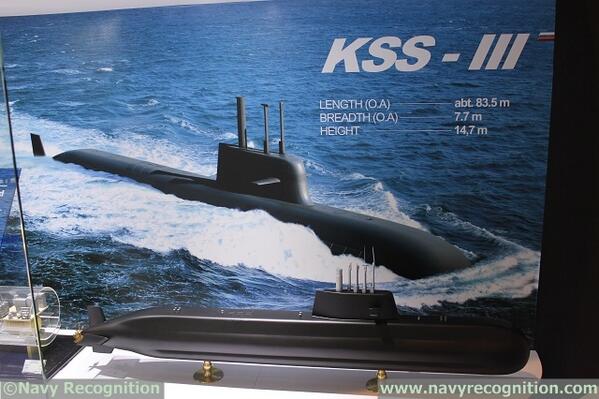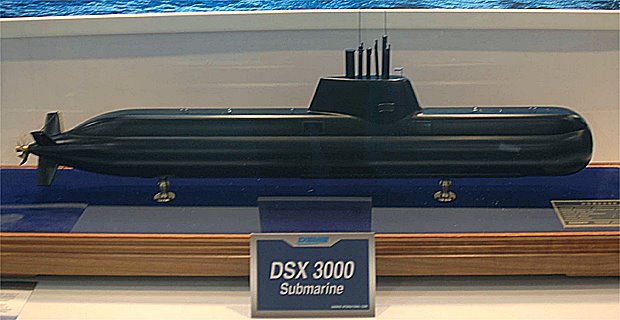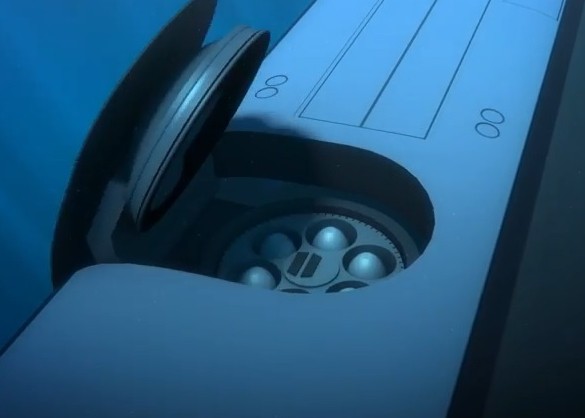The SC
ELITE MEMBER

- Joined
- Feb 13, 2012
- Messages
- 32,229
- Reaction score
- 21
- Country
- Location
Opinion
Who Would Win In A Saudi Arabia vs. Iran Showdown?
With the growing tensions in the Persian Gulf after the Saudi embassy in Tehran was stormed and set on fire in the wake of Saudi Arabia’s execution of a Shia cleric, Americans ought to take notice. Five of the top seven oil producing nations are in the region of the Persian Gulf. So, even though fracking has helped increase American oil reserves to a 42-year high, things could get rocky if Iran and Saudi Arabia go to war.
How bad could it get? Well, keep in mind, in the Iran-Iraq War back in the 1980s, oil tankers became targets. The United States Navy ended up escorting neutral tankers in the Persian Gulf, and two frigates, the Stark (FFG 31) and the Samuel B. Roberts (FFG 58) were damaged. American forces also got into a few engagements with the Iranians. So, what might happen if the Saudis and Iranians end up in a fight? It has happened before.
On June 5, 1984, Iranian F-4 Phantoms threatened Saudi oil fields. The Saudis scrambled F-15s to engage the Iranian planes, and downed two of them using AIM-7 Sparrow missiles. That was over 30 years ago – but the Saudis had the technological edge then, and that edge has only grown. Today, the backbone of the Saudi Air Force consist of variants of the F-15E, while Iran’s best planes are less than 30 MiG-29 Fulcrums. The Saudis, though, have been bringing the Eurofighter Typhoon into service – and have at least two squadrons in service, with more on the way.
Iran has 44 F-14 Tomcats, but these planes have been without technical support from the United States since the fall of the Shah in 1979. Most of the rest of Iran’s air force are aging F-4 Phantoms and F-5E Tigers. While Iran probably has had an easier time getting spare parts for these planes due to their widespread use across the world, these planes are still old, while the Saudis have been getting much newer jets. The Saudis have also seen combat.
If a fight breaks out, expect the Saudis to get control of the air pretty quickly. The good news is that it will also mean that Iranian surface units could also be swept from the Persian Gulf by Saudi Arabia’s air power and the Royal Saudi Navy. But that doesn’t cover the entire naval balance. The Iranian submarine force, including three Kilo-class subs and one 1200-ton Besat-class submarine. But in the narrow waters of the Persian Gulf, Iran could also deploy over two dozen smaller submarines, mostly under 600 tons displacement, and similar to North Korean designs.
While it might be tempting to disregard the midget submarines, just remember that a North Korean mini-sub about the size of the Ghadir-class minisubs was able to sink a South Korean corvette in 2010 firing a 533mm torpedo. The question then becomes one of whether the Saudis would be able to bottle up the Iranian subs in port, most likely by using mines, or if they would end up having to engage in an anti-submarine warfare (ASW) campaign. ASW is tough in the best of conditions (Winston Churchill famously noted that his only worry in World War II was “the U-boat menace”), but in the shallow waters of the Persian Gulf, it gets much more difficult, as towed-array sonars do not work. Worse, in those waters, American submarines do not have much room to operate. Iran’s subs might be small, but the Persian Gulf is a target-rich environment for them, and the confined environment leaves those targets with very few options in terms of sailing routes.
Saudi Arabia is reportedly looking to buy submarines from Germany, probably the Type 212 or 214, but those subs will be years away when they are ordered. Now that Saudi Arabia finds itself facing a conflict with Iran, it may well find that a naval deficiency could create serious problems.
http://dailycaller.com/2016/01/05/who-would-win-in-a-saudi-arabia-vs-iran-showdown/
Who Would Win In A Saudi Arabia vs. Iran Showdown?
With the growing tensions in the Persian Gulf after the Saudi embassy in Tehran was stormed and set on fire in the wake of Saudi Arabia’s execution of a Shia cleric, Americans ought to take notice. Five of the top seven oil producing nations are in the region of the Persian Gulf. So, even though fracking has helped increase American oil reserves to a 42-year high, things could get rocky if Iran and Saudi Arabia go to war.
How bad could it get? Well, keep in mind, in the Iran-Iraq War back in the 1980s, oil tankers became targets. The United States Navy ended up escorting neutral tankers in the Persian Gulf, and two frigates, the Stark (FFG 31) and the Samuel B. Roberts (FFG 58) were damaged. American forces also got into a few engagements with the Iranians. So, what might happen if the Saudis and Iranians end up in a fight? It has happened before.
On June 5, 1984, Iranian F-4 Phantoms threatened Saudi oil fields. The Saudis scrambled F-15s to engage the Iranian planes, and downed two of them using AIM-7 Sparrow missiles. That was over 30 years ago – but the Saudis had the technological edge then, and that edge has only grown. Today, the backbone of the Saudi Air Force consist of variants of the F-15E, while Iran’s best planes are less than 30 MiG-29 Fulcrums. The Saudis, though, have been bringing the Eurofighter Typhoon into service – and have at least two squadrons in service, with more on the way.
Iran has 44 F-14 Tomcats, but these planes have been without technical support from the United States since the fall of the Shah in 1979. Most of the rest of Iran’s air force are aging F-4 Phantoms and F-5E Tigers. While Iran probably has had an easier time getting spare parts for these planes due to their widespread use across the world, these planes are still old, while the Saudis have been getting much newer jets. The Saudis have also seen combat.
If a fight breaks out, expect the Saudis to get control of the air pretty quickly. The good news is that it will also mean that Iranian surface units could also be swept from the Persian Gulf by Saudi Arabia’s air power and the Royal Saudi Navy. But that doesn’t cover the entire naval balance. The Iranian submarine force, including three Kilo-class subs and one 1200-ton Besat-class submarine. But in the narrow waters of the Persian Gulf, Iran could also deploy over two dozen smaller submarines, mostly under 600 tons displacement, and similar to North Korean designs.
While it might be tempting to disregard the midget submarines, just remember that a North Korean mini-sub about the size of the Ghadir-class minisubs was able to sink a South Korean corvette in 2010 firing a 533mm torpedo. The question then becomes one of whether the Saudis would be able to bottle up the Iranian subs in port, most likely by using mines, or if they would end up having to engage in an anti-submarine warfare (ASW) campaign. ASW is tough in the best of conditions (Winston Churchill famously noted that his only worry in World War II was “the U-boat menace”), but in the shallow waters of the Persian Gulf, it gets much more difficult, as towed-array sonars do not work. Worse, in those waters, American submarines do not have much room to operate. Iran’s subs might be small, but the Persian Gulf is a target-rich environment for them, and the confined environment leaves those targets with very few options in terms of sailing routes.
Saudi Arabia is reportedly looking to buy submarines from Germany, probably the Type 212 or 214, but those subs will be years away when they are ordered. Now that Saudi Arabia finds itself facing a conflict with Iran, it may well find that a naval deficiency could create serious problems.
http://dailycaller.com/2016/01/05/who-would-win-in-a-saudi-arabia-vs-iran-showdown/












